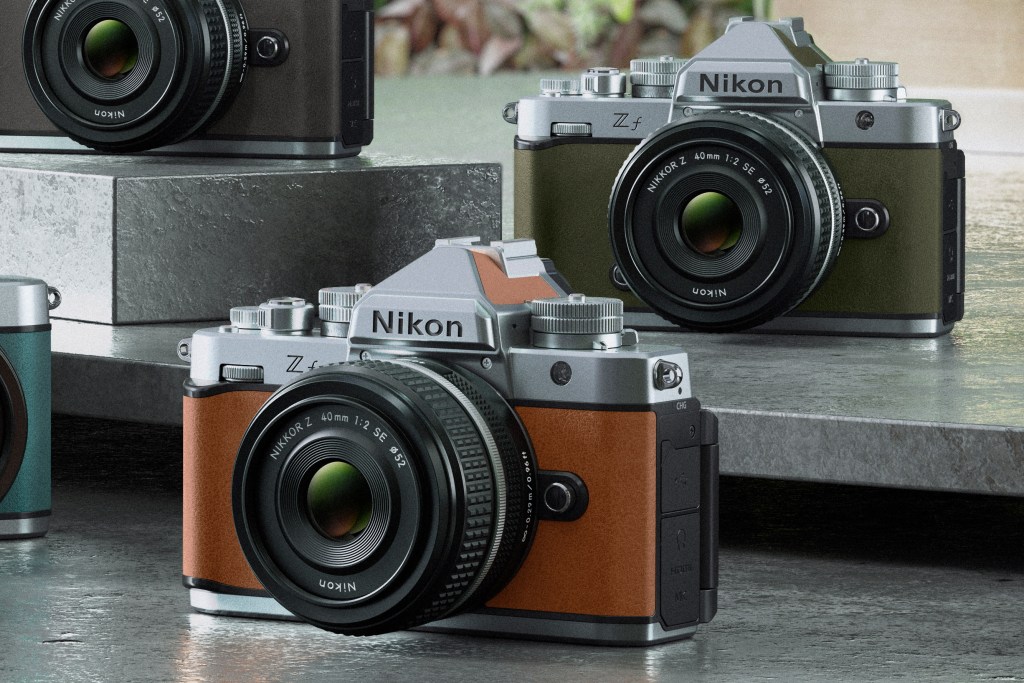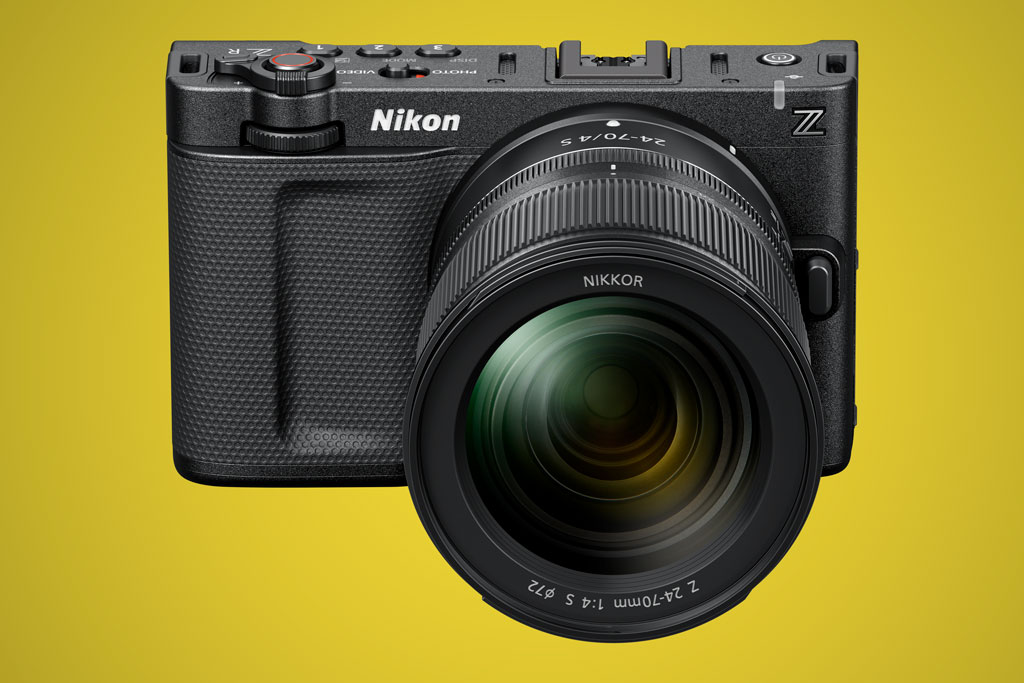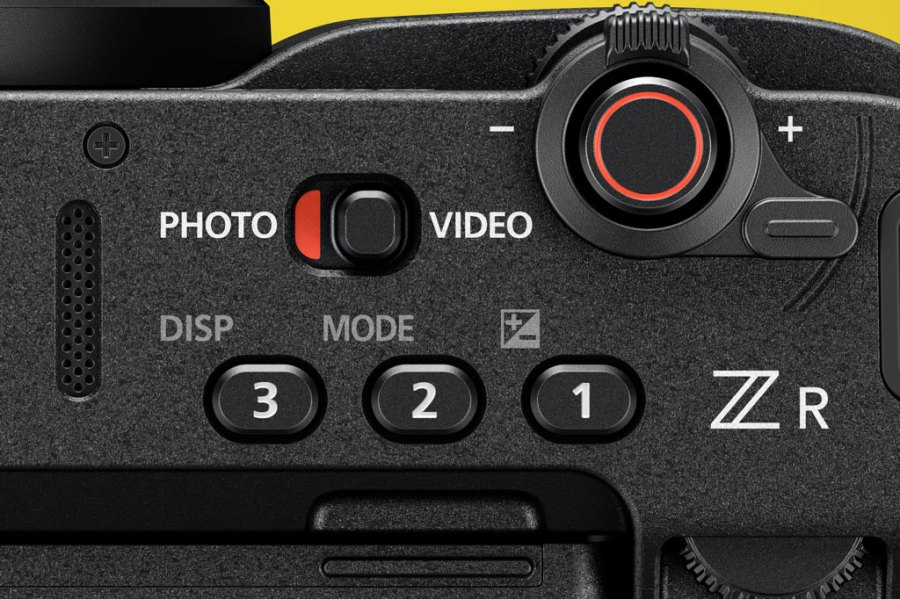The new Nikon ZR is much more than just another addition to the line-up, I think its Nikon’s most important new camera since the belated launch of Nikon’s own full-frame mirrorless system in 2018, after years of watching Sony from the side-lines.
Video has been a thing ever since Canon added it as an afterthought to the EOS 5D Mark II. (In fact Nikon beat them to it by a month with the D90 but it was badly implemented so nobody ever talks about that now). The 5D Mark II kick started the whole DSLR video industry, which then transitioned over to mirrorless cameras, and nowadays it’s nigh on impossible to find a stills camera that doesn’t boast about its video credentials.
There’s a good reason for that. Despite the wailing of stills photography purists, many of whom would gladly pay extra to not have a red button on their camera, content has been shifting relentlessly away from pure stills towards video for years, and this trend accelerated rapidly during Covid.
The most obvious reason is the rise of social media: YouTube, Instagram, TikTok in particular. This is where most of the output of today’s cameras will end up. Over 80% of all content consumed online today is video based. YouTube is the world’s second biggest search engine and, for many younger people in particular, their TV. Instagram started out as a platform for photos but is now at least as much about video, because it has been shown to be demonstrably more engaging to the viewer. TikTok, which is almost entirely video, is the fastest growing social media platform ever. That’s why almost every camera buyer these days, especially the under 40s, have at least one eye on the video specs.
In the professional world video is even more important, because there are many more opportunities to monetise video than stills – every client, from brands to brides, has an insatiable need for quality ‘content’. With the growth of the professional videography industry comes a need for cameras that are biased more towards the needs of video creation than stills photography, with body designs and features that video shooters want.
Up to now those cameras have been made by Sony (the dominant player), Canon and Panasonic Lumix. Nikon is, frankly, not in the game. You can of course shoot video on every Nikon camera made in the last ten years or so, but as with every stills-oriented camera it’s an afterthought, and many younger camera buyers in particular (who have grown up with Sony headphones and PlayStations) see Nikon as a crusty legacy brand for old people. It’s clearly a problem for the company.

Fortunately Nikon recognises this and has been aggressively responding to the challenge. They have made great strides in building a global network of young, hip and diverse creators, they have finally leaned into their cool, retro 35mm SLR legacy with the Nikon Zf, and now it’s time to address the V word.
When Nikon bought RED last year it was regarded as a masterstroke, as it gave the company instant access to the technology, know-how and reputation of one of the coolest video camera brands. Having released two RED cameras with Nikon’s Z mount, we now have our first Nikon-branded, ground-up cinema camera.
There is a lot riding on the ZR.
Nikon needs to be taken seriously in this market and quickly, so it needs a camera that will make the market sit up and take notice. A camera compelling enough to show the world that Nikon means business. In the Nikon ZR they have thrown an impressive amount of technology into a camera brimming with world-first and best-in-class features, at an aggressive price that seriously undercuts its rivals.

Existing Nikon Z users wanting to add a video-oriented camera to their kit will be an easy sell, but Nikon also hopes to tempt new videographers to pick Nikon over the more established rivals, and even coax established videographers to switch over from other systems.
The ZR is by no means perfect and many potential buyers will be put off by things like the lack of a decent handgrip, or a full-size HDMI port, or the curious decision to choose Micro SD as the second card slot. A few will be suspicious of the fanless design and will worry about overheating. But obviously Nikon is not going to stop at the ZR, and these minor (to some) shortcomings will likely be addressed in a sibling that may already be waiting in the wings back in Japan. In the meantime the ZR is an impressive debut for the Nikon Cinema range at a tempting price, and throws down the gauntlet to anyone who would write Nikon off as a serious video brand. We look forward to putting one to the test in the coming weeks.
Related reading:
The views expressed in this column are not necessarily those of Amateur Photographer magazine or Kelsey Media Limited. If you have an opinion you’d like to share on this topic, or any other photography related subject, email: ap.ed@kelsey.co.uk








